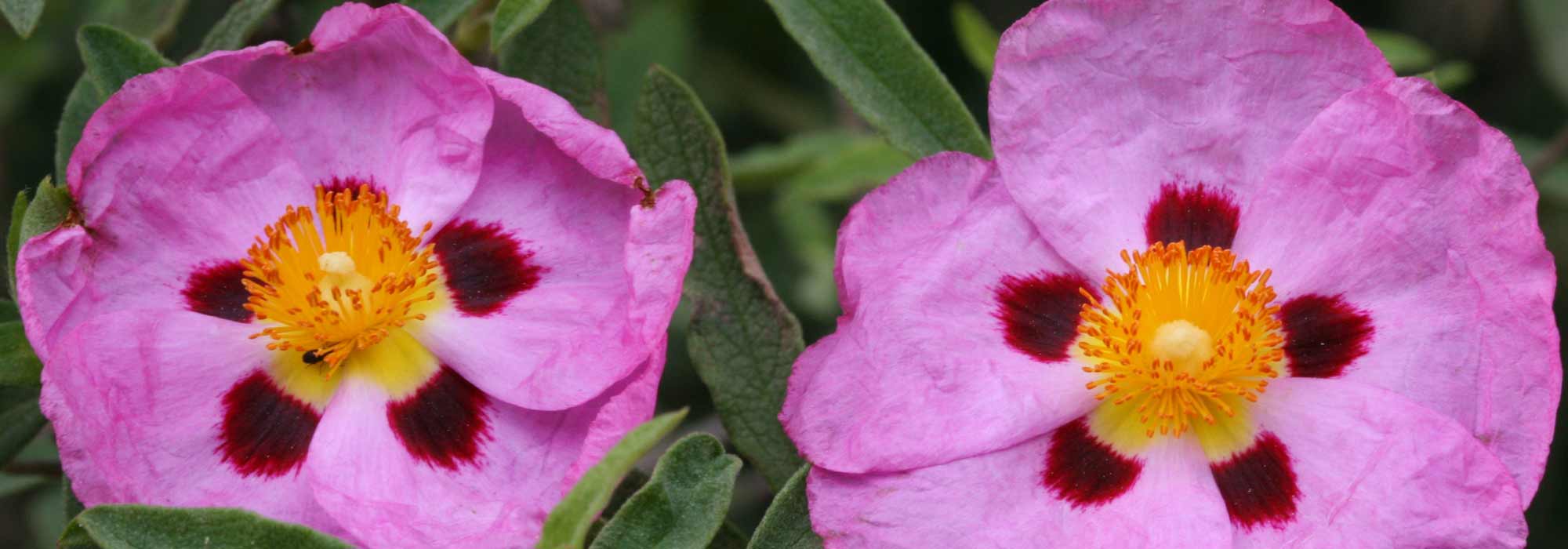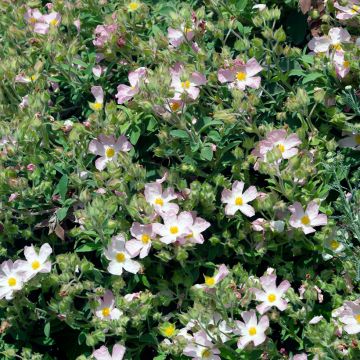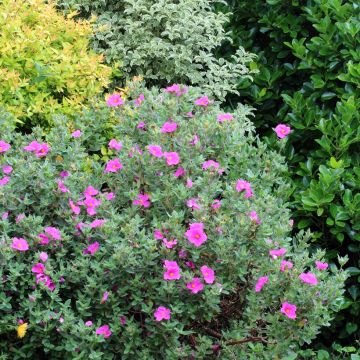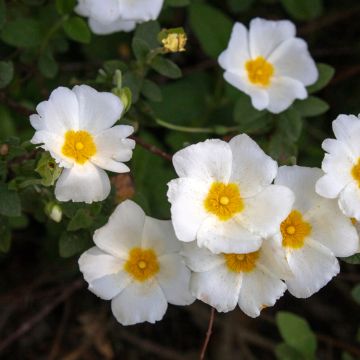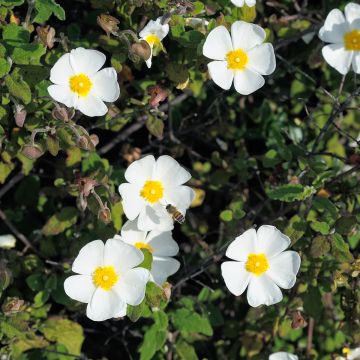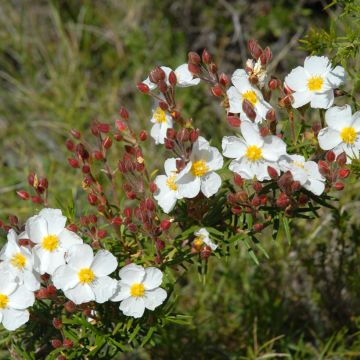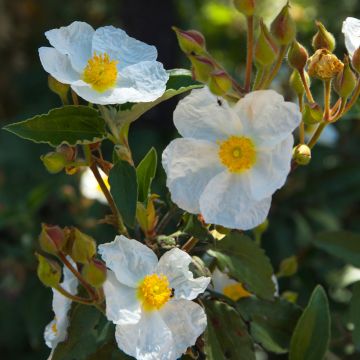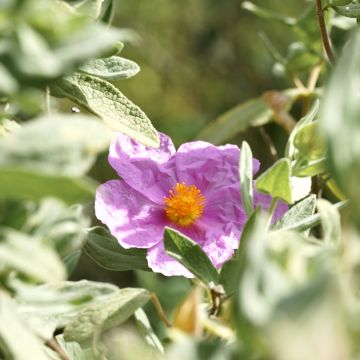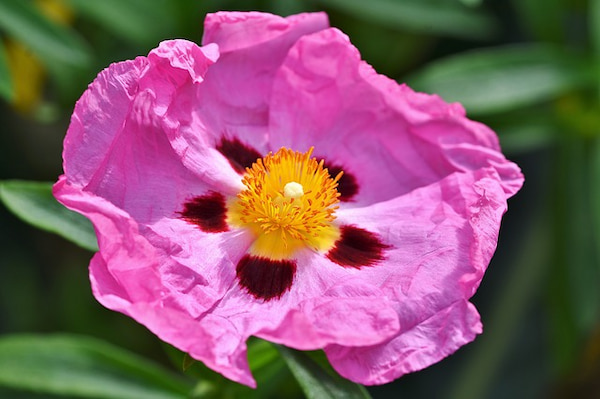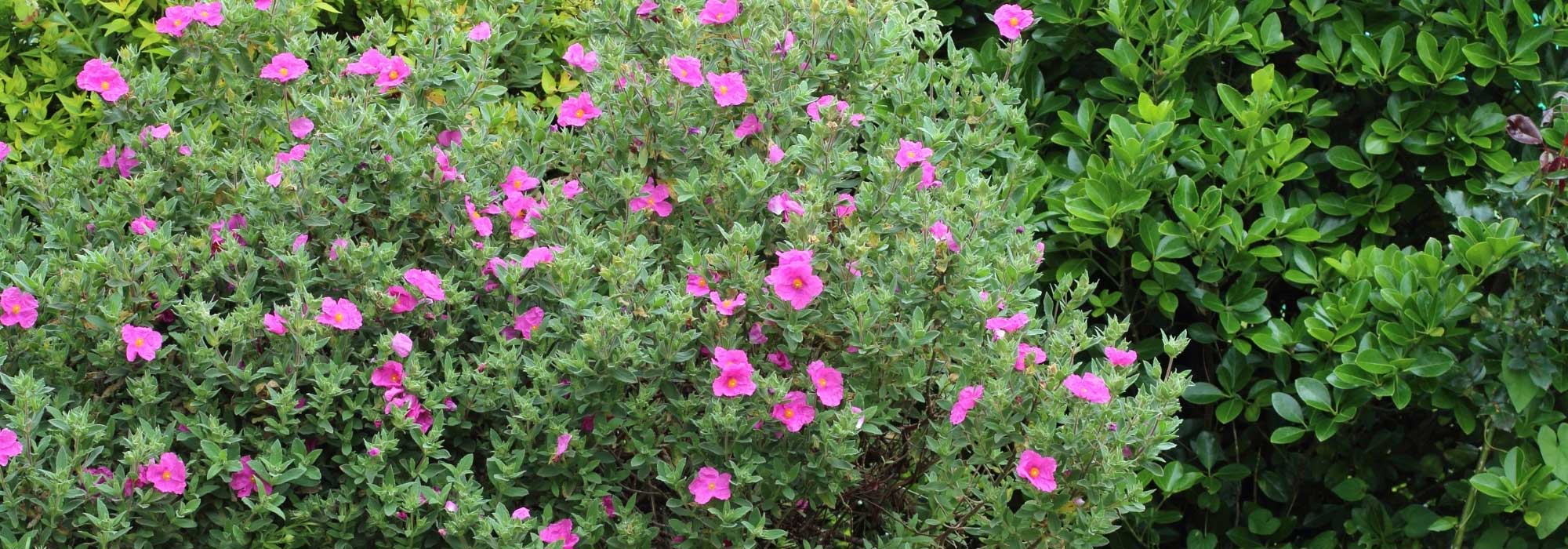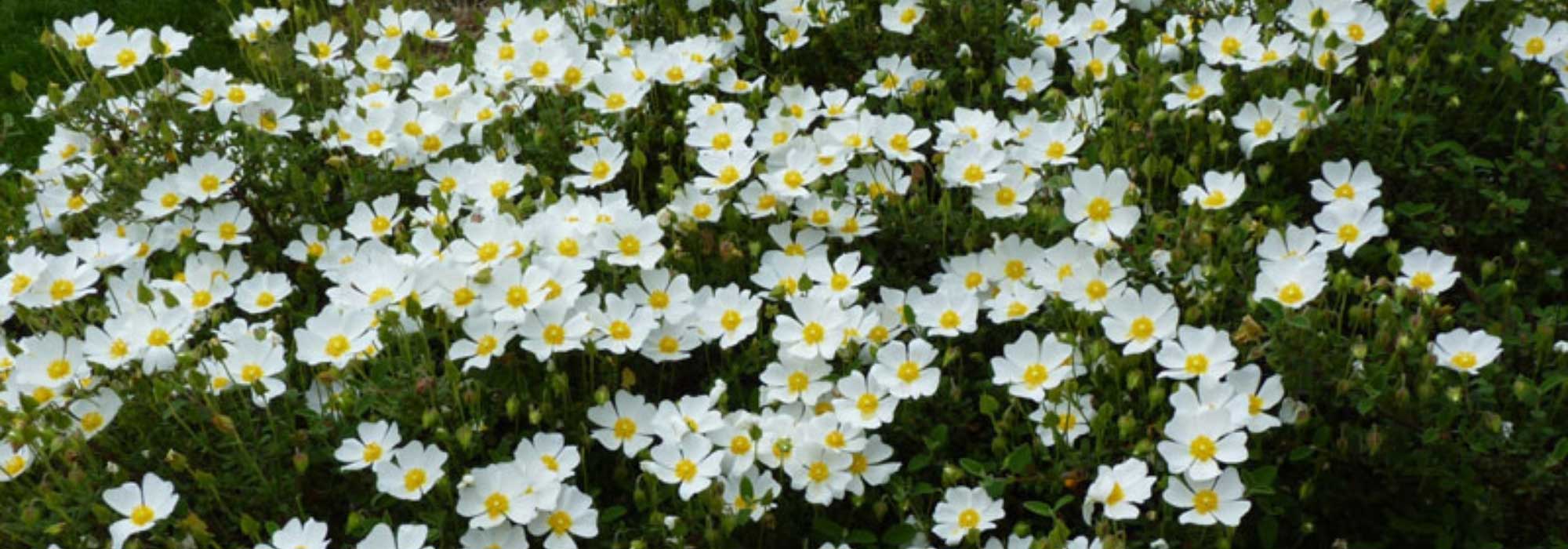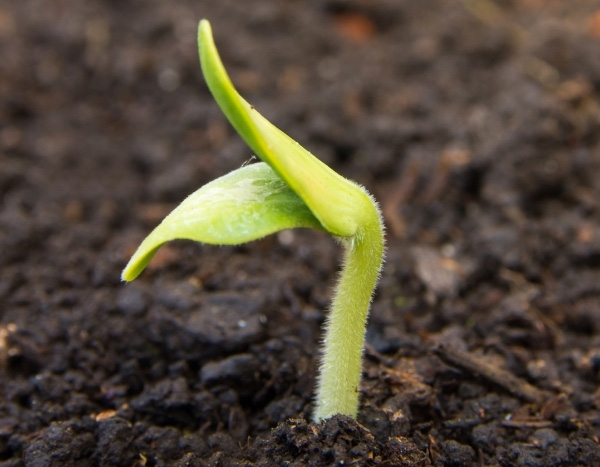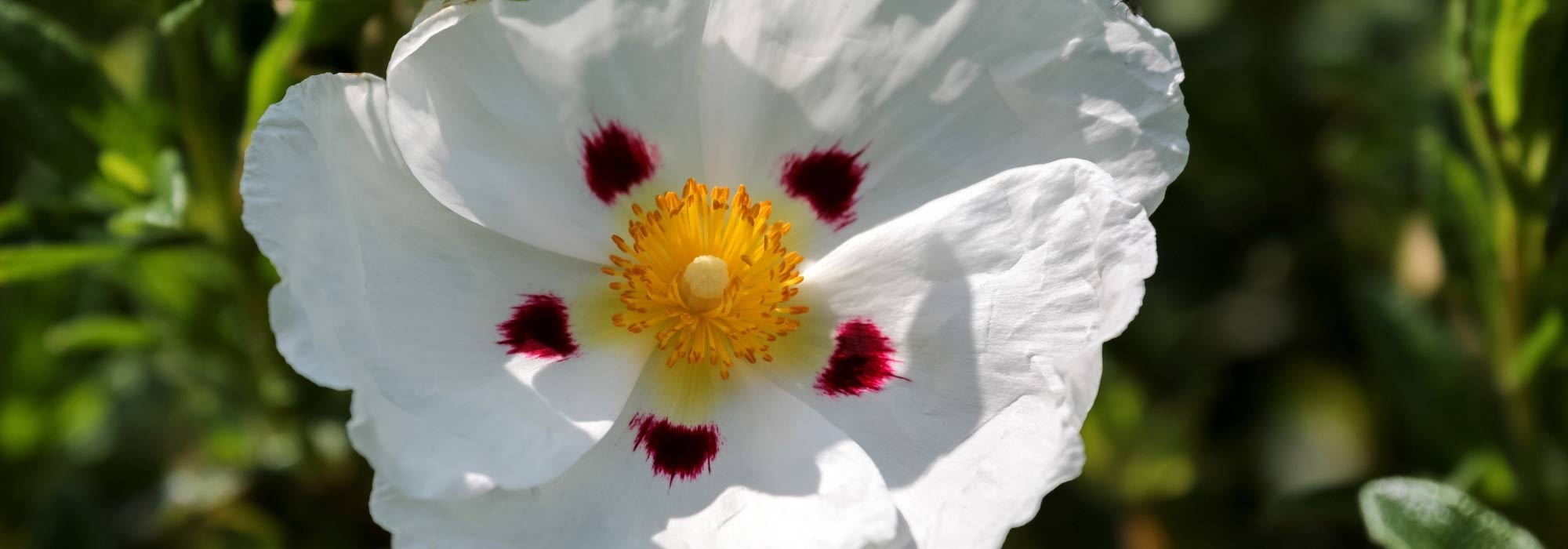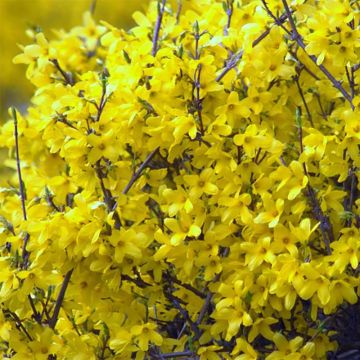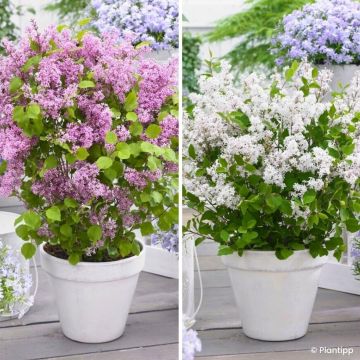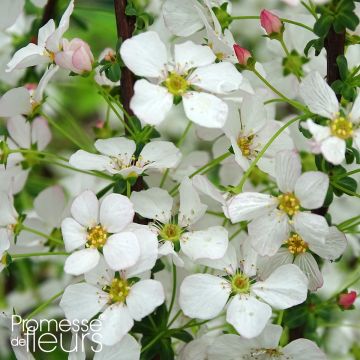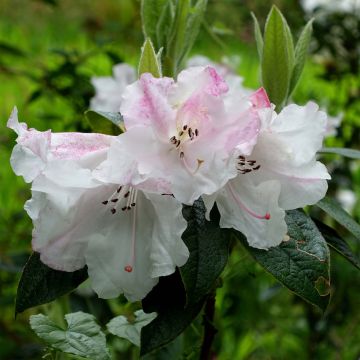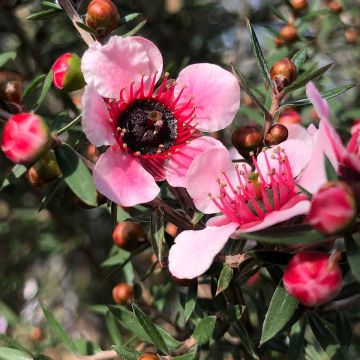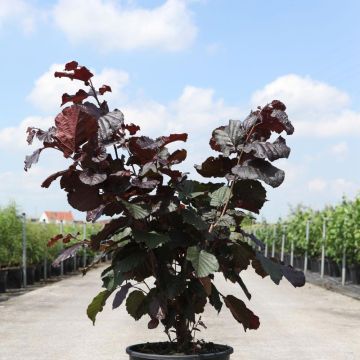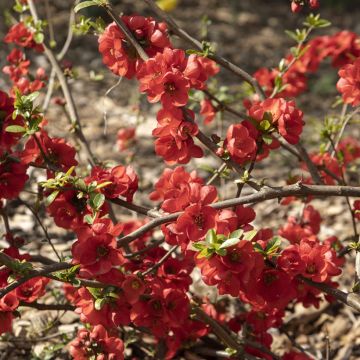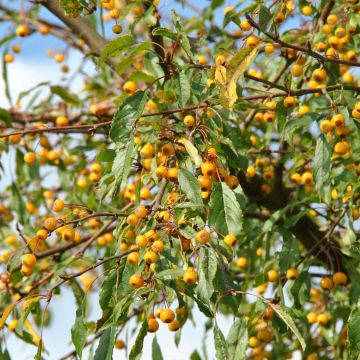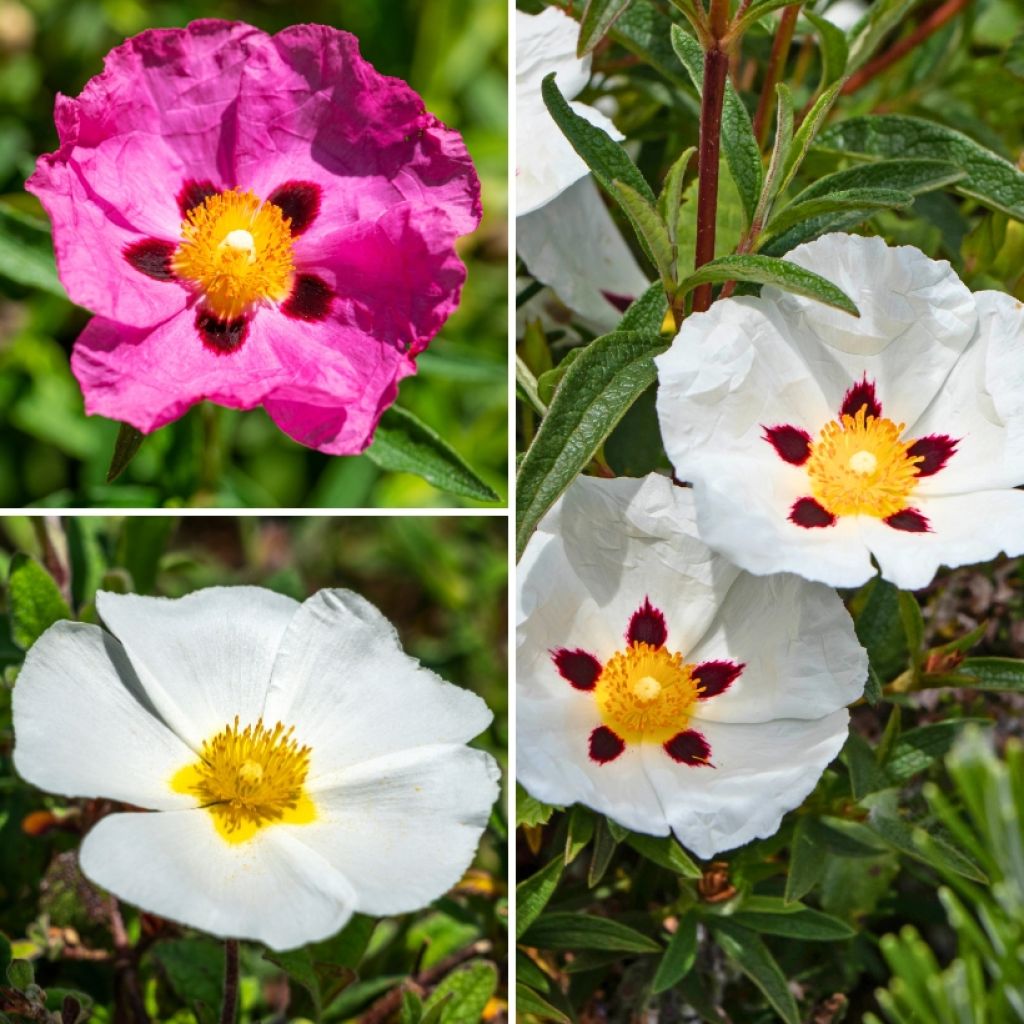

Cistus collection
Cistus collection
Cistus
Rockrose, Gum Cistus
Special offer!
Receive a €20 voucher for any order over €90 (excluding delivery costs, credit notes, and plastic-free options)!
1- Add your favorite plants to your cart.
2- Once you have reached €90, confirm your order (you can even choose the delivery date!).
3- As soon as your order is shipped, you will receive an email containing your voucher code, valid for 3 months (90 days).
Your voucher is unique and can only be used once, for any order with a minimum value of €20, excluding delivery costs.
Can be combined with other current offers, non-divisible and non-refundable.
Home or relay delivery (depending on size and destination)
Schedule delivery date,
and select date in basket
This plant carries a 24 months recovery warranty
More information
We guarantee the quality of our plants for a full growing cycle, and will replace at our expense any plant that fails to recover under normal climatic and planting conditions.
Does this plant fit my garden?
Set up your Plantfit profile →
Collection items (3 plants)
Description
This collection of Cistus will delight lovers of scrubland gardens. It brings together three different varieties, whose pinkish-purple and white flowers bloom together for 3 weeks in spring or summer, depending on the climate. These three shrubs have evergreen foliage, aromatic in hot weather, a dense habit, and the ability to prevent "weeds" from growing under their branches. They can be planted in a large rockery or used in a very sunny bed, in rocky and poor soil.
The collection consists of:
1 Cistus x purpureus: a shrub forming a large regular ball of 1 m in all directions. Its 6-7 cm, pinkish-violet flowers with beautiful red-purple spots, contrast with its dark and curled, very aromatic foliage. Hardiness: -12/-15 °C at the peak for a mature plant, in rocky soil.
1 Cistus x corbariensis: this small bush is 80 cm high by 1 m wide, hardy down to -15 °C. It forms a perfectly regular dome and has dark and rough foliage. Its white flowers with a small yellow centre are 4 cm wide and bloom abundantly in spring.
1 Cistus x lusitanicus 'Decumbens': a variety with a spreading and compact habit, reaching 70 cm in height by 1 m wide. It has small oblong, narrow, dark green, sticky, and fragrant leaves. Its flowers are pure white, enhanced by small dark red spots and a heart of golden stamens. This variety can withstand temperatures down to -9/-10ºC at the peak.
The cistus in this collection are small shrubs with fast growth, but their lifespan rarely exceeds 12 years. They appreciate full sun and rocky, stony soils that do not retain water, both in winter and summer. Therefore, they should be planted in a large rockery, on a slope, or in a raised bed enriched with gravel. Plant them in a triangle, with a spacing of 1 m between each plant. To enhance this small bed, you can plant three Convolvulus sabatius, a ground cover with no specific requirements that blooms blue from spring to summer. For flowers over a longer period, opt for a prostrate rosemary 'Whitewater Silver'. Also consider lavenders and Teucriums to accompany your cistus: all these plants appreciate the same growing conditions.
Plant habit
Flowering
Foliage
Botanical data
Cistus
Cistaceae
Rockrose, Gum Cistus
Mediterranean
Other Cistus - Rockrose
View all →Planting and care
Cistus requires perfectly drained, stony or sandy, poor soil. Plant it after the last frost in the north and in September-October in hot and dry climates. It cannot thrive without sunlight and likes to have warm roots. Under these conditions, it is more resistant to cold and will live longer. In slightly colder regions, plant it in the warmest corner of the garden, in full sun, against a south-facing wall, in a stony or sandy slope or any substrate that does not retain moisture. Excess moisture will be fatal to it in winter, but also in summer, which is its period of vegetative rest. The combination of heat and humidity leads to the development of a fungus that attacks the plant's collar and is fatal to it. You can prune the stems after flowering to encourage the plant to branch out. Avoid severe pruning.
Planting period
Intended location
Care
Planting & care advice
This item has not been reviewed yet - be the first to leave a review about it.
Similar products
Haven't found what you were looking for?
Hardiness is the lowest winter temperature a plant can endure without suffering serious damage or even dying. However, hardiness is affected by location (a sheltered area, such as a patio), protection (winter cover) and soil type (hardiness is improved by well-drained soil).

Photo Sharing Terms & Conditions
In order to encourage gardeners to interact and share their experiences, Promesse de fleurs offers various media enabling content to be uploaded onto its Site - in particular via the ‘Photo sharing’ module.
The User agrees to refrain from:
- Posting any content that is illegal, prejudicial, insulting, racist, inciteful to hatred, revisionist, contrary to public decency, that infringes on privacy or on the privacy rights of third parties, in particular the publicity rights of persons and goods, intellectual property rights, or the right to privacy.
- Submitting content on behalf of a third party;
- Impersonate the identity of a third party and/or publish any personal information about a third party;
In general, the User undertakes to refrain from any unethical behaviour.
All Content (in particular text, comments, files, images, photos, videos, creative works, etc.), which may be subject to property or intellectual property rights, image or other private rights, shall remain the property of the User, subject to the limited rights granted by the terms of the licence granted by Promesse de fleurs as stated below. Users are at liberty to publish or not to publish such Content on the Site, notably via the ‘Photo Sharing’ facility, and accept that this Content shall be made public and freely accessible, notably on the Internet.
Users further acknowledge, undertake to have ,and guarantee that they hold all necessary rights and permissions to publish such material on the Site, in particular with regard to the legislation in force pertaining to any privacy, property, intellectual property, image, or contractual rights, or rights of any other nature. By publishing such Content on the Site, Users acknowledge accepting full liability as publishers of the Content within the meaning of the law, and grant Promesse de fleurs, free of charge, an inclusive, worldwide licence for the said Content for the entire duration of its publication, including all reproduction, representation, up/downloading, displaying, performing, transmission, and storage rights.
Users also grant permission for their name to be linked to the Content and accept that this link may not always be made available.
By engaging in posting material, Users consent to their Content becoming automatically accessible on the Internet, in particular on other sites and/or blogs and/or web pages of the Promesse de fleurs site, including in particular social pages and the Promesse de fleurs catalogue.
Users may secure the removal of entrusted content free of charge by issuing a simple request via our contact form.
The flowering period indicated on our website applies to countries and regions located in USDA zone 8 (France, the United Kingdom, Ireland, the Netherlands, etc.)
It will vary according to where you live:
- In zones 9 to 10 (Italy, Spain, Greece, etc.), flowering will occur about 2 to 4 weeks earlier.
- In zones 6 to 7 (Germany, Poland, Slovenia, and lower mountainous regions), flowering will be delayed by 2 to 3 weeks.
- In zone 5 (Central Europe, Scandinavia), blooming will be delayed by 3 to 5 weeks.
In temperate climates, pruning of spring-flowering shrubs (forsythia, spireas, etc.) should be done just after flowering.
Pruning of summer-flowering shrubs (Indian Lilac, Perovskia, etc.) can be done in winter or spring.
In cold regions as well as with frost-sensitive plants, avoid pruning too early when severe frosts may still occur.
The planting period indicated on our website applies to countries and regions located in USDA zone 8 (France, United Kingdom, Ireland, Netherlands).
It will vary according to where you live:
- In Mediterranean zones (Marseille, Madrid, Milan, etc.), autumn and winter are the best planting periods.
- In continental zones (Strasbourg, Munich, Vienna, etc.), delay planting by 2 to 3 weeks in spring and bring it forward by 2 to 4 weeks in autumn.
- In mountainous regions (the Alps, Pyrenees, Carpathians, etc.), it is best to plant in late spring (May-June) or late summer (August-September).
The harvesting period indicated on our website applies to countries and regions in USDA zone 8 (France, England, Ireland, the Netherlands).
In colder areas (Scandinavia, Poland, Austria...) fruit and vegetable harvests are likely to be delayed by 3-4 weeks.
In warmer areas (Italy, Spain, Greece, etc.), harvesting will probably take place earlier, depending on weather conditions.
The sowing periods indicated on our website apply to countries and regions within USDA Zone 8 (France, UK, Ireland, Netherlands).
In colder areas (Scandinavia, Poland, Austria...), delay any outdoor sowing by 3-4 weeks, or sow under glass.
In warmer climes (Italy, Spain, Greece, etc.), bring outdoor sowing forward by a few weeks.

































